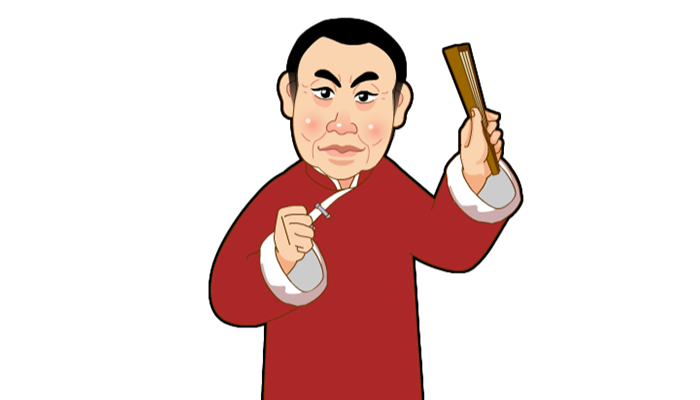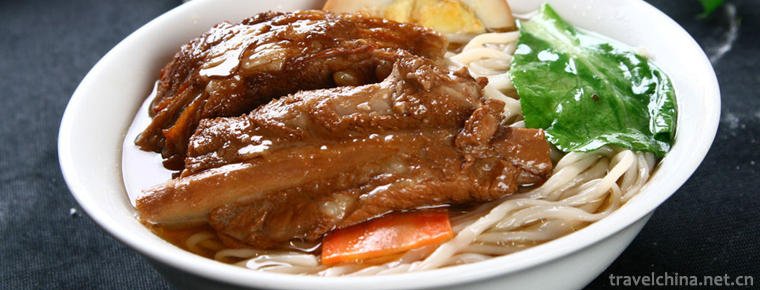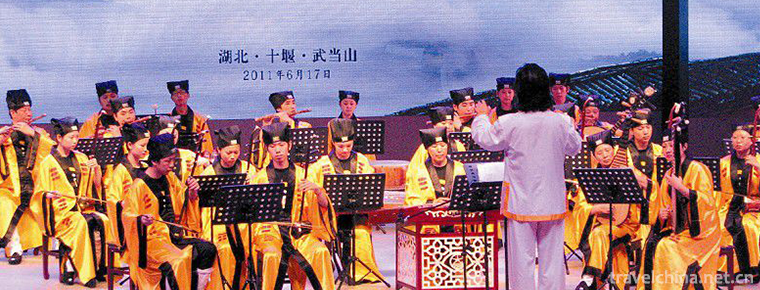2018-10-12

- By ChinaWiki.net
- Chinese Edition
- 2019-05-05
Talking about ancient times
Telling the ancients means telling books and stories. It is a traditional language performing art form in which ancient artists use Quanzhou dialect in Minnan language to re-create and deliver novels or folk stories. This folk art originated from the ancient traditional rap and singing art.
Quanzhou Talks about Ancient Times is a book full of interesting and knowledgeable articles. Whether it is the legends of historical figures tracing back to their ancestors, highlighting the spiritual highlights of historical figures, or the beautiful legends adding various customs to famous cities, or the folk jokes glittering with the wisdom and brilliance of folk figures in southern Fujian, they are vivid and vivid, guiding people to be healthy and upward, which is worth reading. This book contains rich local complex and honest and beautiful folk ideal among the lines, and pours into the painstaking efforts of folk literature organizers and dialect editors who love Quanzhou. But because folktales often add the good wishes and statements of the common people to them, there are some exaggerated elements, which may be somewhat inconsistent with historical facts. This point is also read by the reader.
On June 7, 2008, Lecture Gu was approved by the State Council to be included in the second batch of national intangible cultural heritage list.
Talking about ancient types
Before China, there was a habit of drinking tea and talking about ancient times in local leisure time. Speaking of the ancients, in the era of lack of cultural and recreational activities, is a form of cultivating people's spirit and promoting knowledge. There are amateur recreations, and there are also people who exchange antiquity for food.
Amateur storytelling about ancient times means that in the evening, neighbors, old people and children approach their leisure time to listen to the old people with historical knowledge telling ancient heroes or long historical stories, and there are also stories about "Xiangu". That is the incest of adulterers and adulteress in the world. This is a form of entertainment storytelling about ancient times.
There are also some underprivileged scholars who, in order to survive, exchange ancient knowledge for food or a little money to maintain a half-starved life. They are knowledgeable, knowledgeable and have a certain ability to express themselves. They use funny language, changeable tone and witty action to narrate the novel "Three Chivalrous and Five Righteousness", "Xue Rengui Quan Zhuan", "Yang Jia Jiang Quan Zhuan", "Romance of the Three Kingdoms", "Water Margin", "Journey to the West", "Fengshen" and other fantastic and interesting stories and characters. Or "Eight Beautiful Pictures", "Tang Bohu Point Autumn Fragrance", "Vatican Palace Spring" and other talented tales, so that listeners enjoy. They calculate the time by how much Bingxiang. Before giving a speech, they first agree with the leisure owner how much rice is burnt for each Bingxiang, and then the owner collects and returns the Bingxiang to the speaker.

Ask a Question
Your email address will not be published.



0 Questions